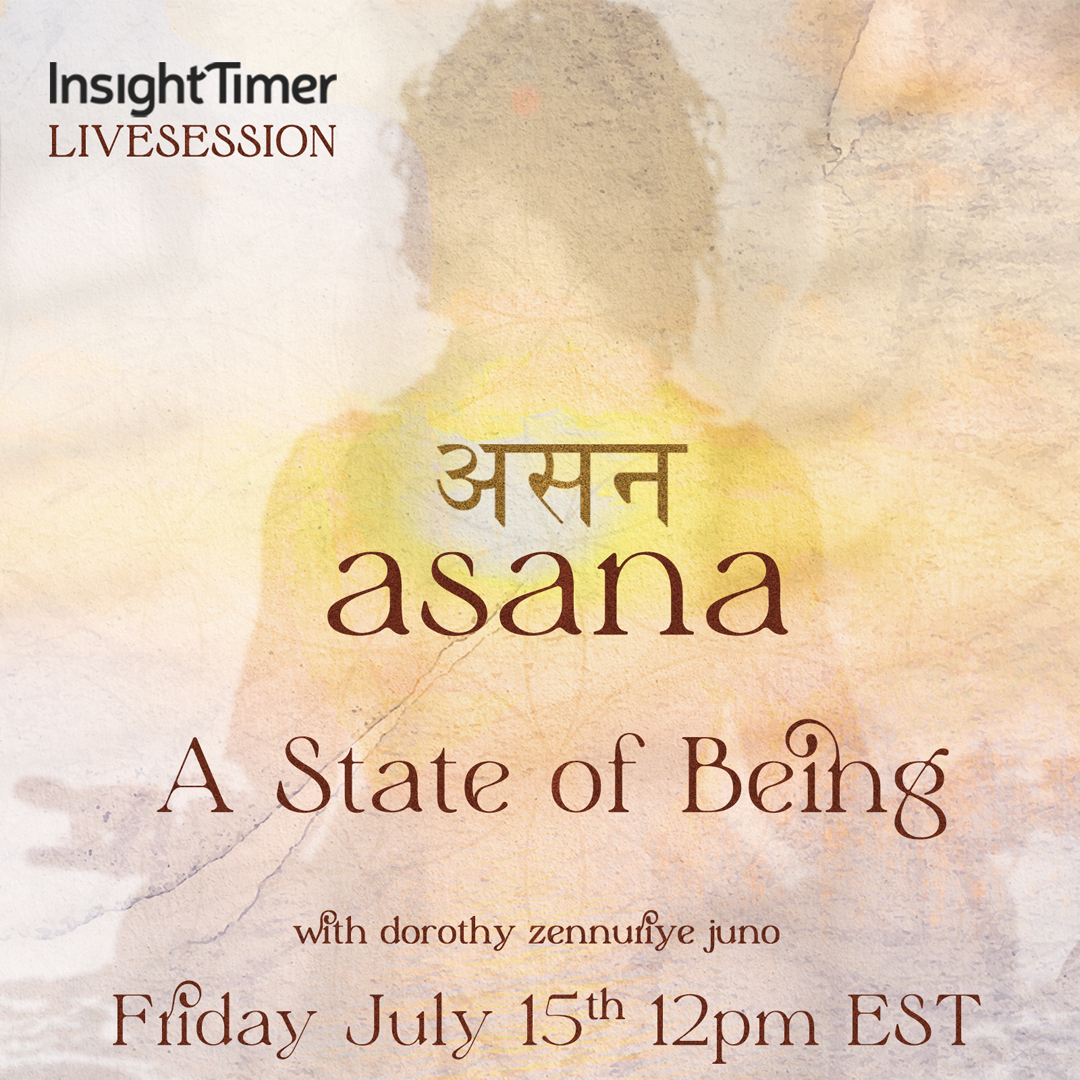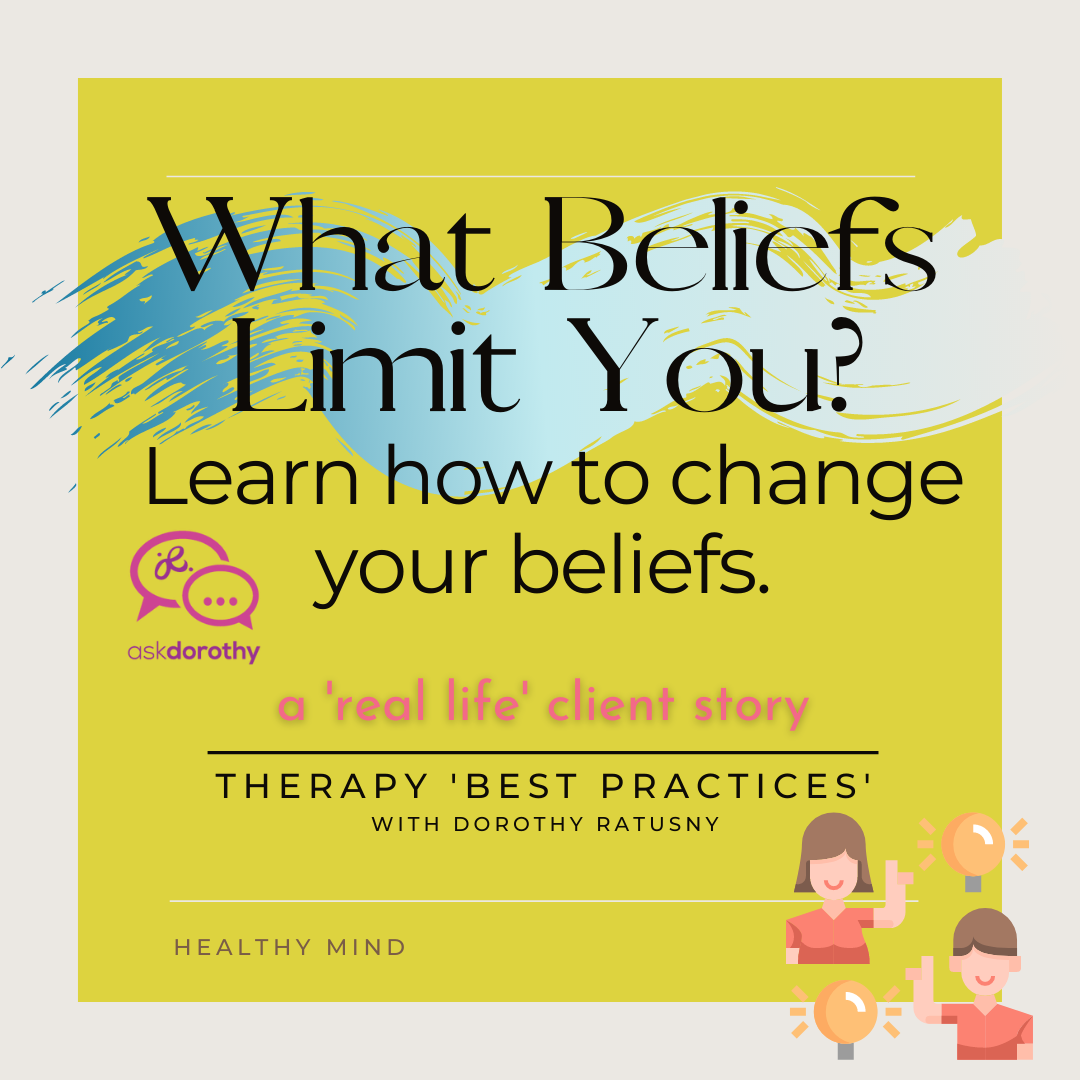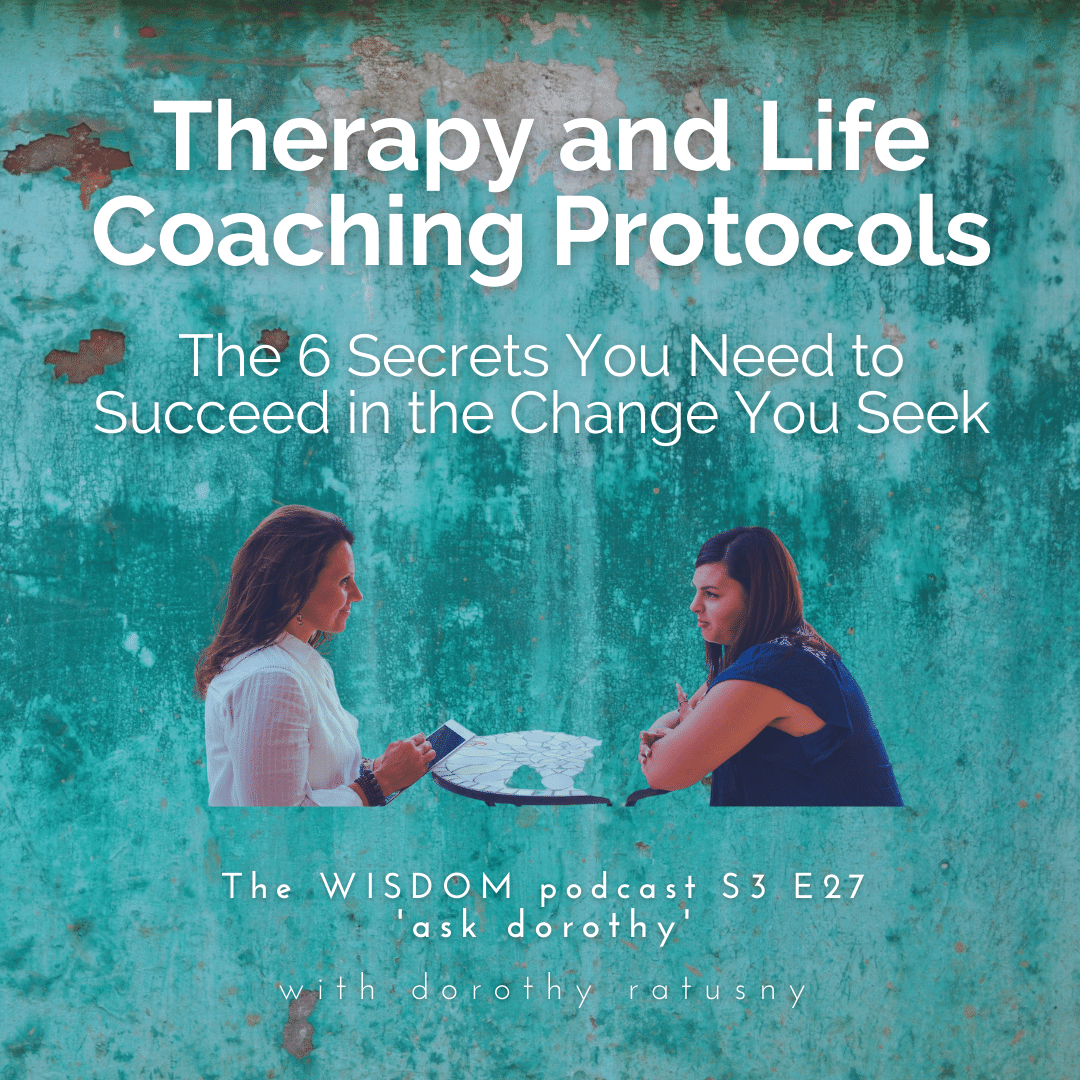If you’re an avid runner—or cyclist, — you may have experienced “runner’s high.” It’s commonly described as a feeling of euphoria during or immediately following sustained moderate or high-intensity exertion. Source: berkeleywellness.com It’s also a feeling that runners and other intense exercisers are inclined to ‘chase’ – because this euphoric state opens our mind and allows us to feel a state of expansiveness beyond our physical body.
“It is a very beautiful feeling and the only time I experience my personality separate from my body, as two different things.” -interview with Yiannis Kouros, (the ‘Running God’), Ultrarunning Magazine – March, 1990.
Runner’s high was first described in the 1970s, by anecdotal and personal reports of long distance runners even though many exercisers never experience it, no matter how hard they work out.
One long-held theory which has more recently been supported, is that runner’s high is due to endorphins – neurotransmitters that bind to the same cell receptors as drugs like morphine or heroin and act as natural painkillers and mood enhancers. Increased endorphins are found in the blood and spinal fluid of humans and other animals that run. When researchers gave arduous exercisers a drug that blocks the receptors, the euphoric effects were blocked as well. A 2008 German study has provided direct evidence that exercise-related endorphins have specific activity in areas of the (frontolimbic) brain associated with pleasure, pain, and the perception of rewards – supporting the “opioid theory” of the runner’s high. That is, the human body produces it’s own opium-like compounds to fight pain (“endogenous opioids“). Runners “who reported the highest levels of euphoria after running also had the highest levels of opioid release.”
Exercise increases levels of other neurotransmitters. Also—notably dopamine, norepinephrine and serotonin, which affect mood. Endocannabinoids have received increased attention in recent years as a major player in the experience of runner’s high. Endocannabinoids may be thought of like a natural marijuana that the body makes, since they activate the same brain centers as the drug.
While most research suggests that high-intensity exercise is necessary to activate the pleasure/reward centers in the brain, a study in the European Journal of Applied Physiology in 2012 found that moderate-intensity exercise boosted endocannabinoids significantly.
Even if you don’t experience the euphoria of runner’s high, exercise generally produces a sense of well being and can improve mood and sleep, among the many other cognitive and physical benefits it offers. If you’re not experiencing any immediate pleasure from your workouts, however, you might try changing the intensity level, or a different activity or location. Exercising outdoors on a beautiful day, for example, is more pleasurable than, say, running on a treadmill in a crowded windowless gym. Working out with a partner or in a group may also enhance your workout due to the added social benefit.
Why Meditation Feels Good
Previous studies have shown that meditation increases the release of dopamine, a chemical associated with firing up feelings of pleasure. (The results of an increase in dopamine during meditation leads to improved focus and concentration.) Researchers have also reported that self-induced changes in mood (whether meditation, or by having a positive attitude) can influence serotonin synthesis. This means that doing what allows you to feel good, further enhances your mood state.
Meditation also calms anxiety, alleviates depression and enhances your overall mood. It’s an effective way to get that serotonin boost in your brain – naturally.
The physical experience of meditation is often accompanied by serenity (also described as contentment, happiness, and inner peace). In meditation, as your mind begins to quiet and your body softens into relaxation, there can be a felt sense of weightlessness, an expansive feeling and an awareness of presence beyond your physical body – or as some describe, ‘a separation of body and mind’ and ‘a state of nothingness’. All of this helps to induce a state that is sometimes referred to as ‘bliss’ since what we may experience is an absence of thoughts, worry, discomfort, and pain.
What happens during both runner’s high and meditation is the experience of focused breathing, an openness of mind and the clearing of your thoughts – and the ability to enjoy precise focus – during these activities and for a time thereafter. This expansiveness, enhanced clarity, and mental control gives presence to a heightened state of relaxation, relief of pain, and bliss – coupled by an increase in dopamine, endocannabinoids and serotonin.
Is the Experience of Meditation ‘Zen’ better than a ‘Runner’s High’?
Quite possibly – and for this single reason: What I appreciate about meditation is that it is truly effortless. What you learn through the practice of meditation is how to initiate awareness and focus in the present moment. The ‘zen’ of meditation (‘zen’ = slang for feeling peaceful and relaxed) reveals itself not only during and after your practice but it shows up in how you witness yourself – in how you act and react – perhaps more patient, thoughtful, and calmer – in situations that would typically rile you.
The cumulative effects of mediation offer many physical health benefits and it teaches the art of focusing inward; of being in control of your thoughts and far more deliberate in your choices; thus affecting your mindset and approach to how you live life. Your meditation practice may inspire you to become more introspective, to practice gratitude, and to take pause more often during each day to witness and revel in the present moment – (aka to be mindful). You may also find yourself questioning some of your existing beliefs – which may no longer hold the same importance, freeing you to decide what is most important to you.
Beyond the physical, mental and emotional benefits of meditation is an innermost feeling of peace; a blissful state of tranquility, calm, and happiness. We might consider this a natural ‘high’ – felt most distinctly during and after meditation – but which also has an interesting ‘transfer effect’ to other areas of our life – and especially as we experience more of life in the present moment – allowing our inherent state of happiness (contentment, peace) to be evident.
As an avid runner, fitness enthusiast, and as someone who has logged thousands of hours in meditation – the experience of meditation zen and runner’s high is similar and yet different. Both are important for their many positive physical and mental health benefits; and for the mood elevating properties and – altered state of consciousness. The potential difference if you will, is the means by which we curate this ‘high’. Meditation ‘zen’ can be experienced without needing a causal factor. For example, we don’t need to ‘do’ anything (and especially not anything rigorous). We simply need to ‘be’.
Runners high is something that you metaphorically (and actually) chase; you need to do something to experience it.
“Meditation may offer a different kind of ‘high’ – one that is more readily reproduced. The key is to cultivate awareness in the present moment and in the absence of thoughts – a state of pureness of being.”
– dorothy ratusny
In meditation, the experience of calm and bliss that you feel as you release the hold your mind has on the constant stream of ‘thoughts’ that are produced, becomes a deep and expansive journey inward – one that is possible because this is the only focus – simple attention to this uninterrupted state – of presence – of breathing – of attention to what ‘is’. Both meditation and running have different mechanics to the journey that you take and the final outcome. Both have an important place for optimal health and well being in your life.
*Something else that will help you to feel good naturally… random acts of kindness. You can elicit a “helper’s high” by performing acts of kindness regularly. A paper published in the Review of General Psychology reveals that study participants who performed five acts of kindness every week for six weeks saw a significant increase in happiness. Deliberate and random kindness also helps to make another person’s day – so its by far a valuable practice to uphold.
namaste!! xo
















Leave A Comment
You must be logged in to post a comment.